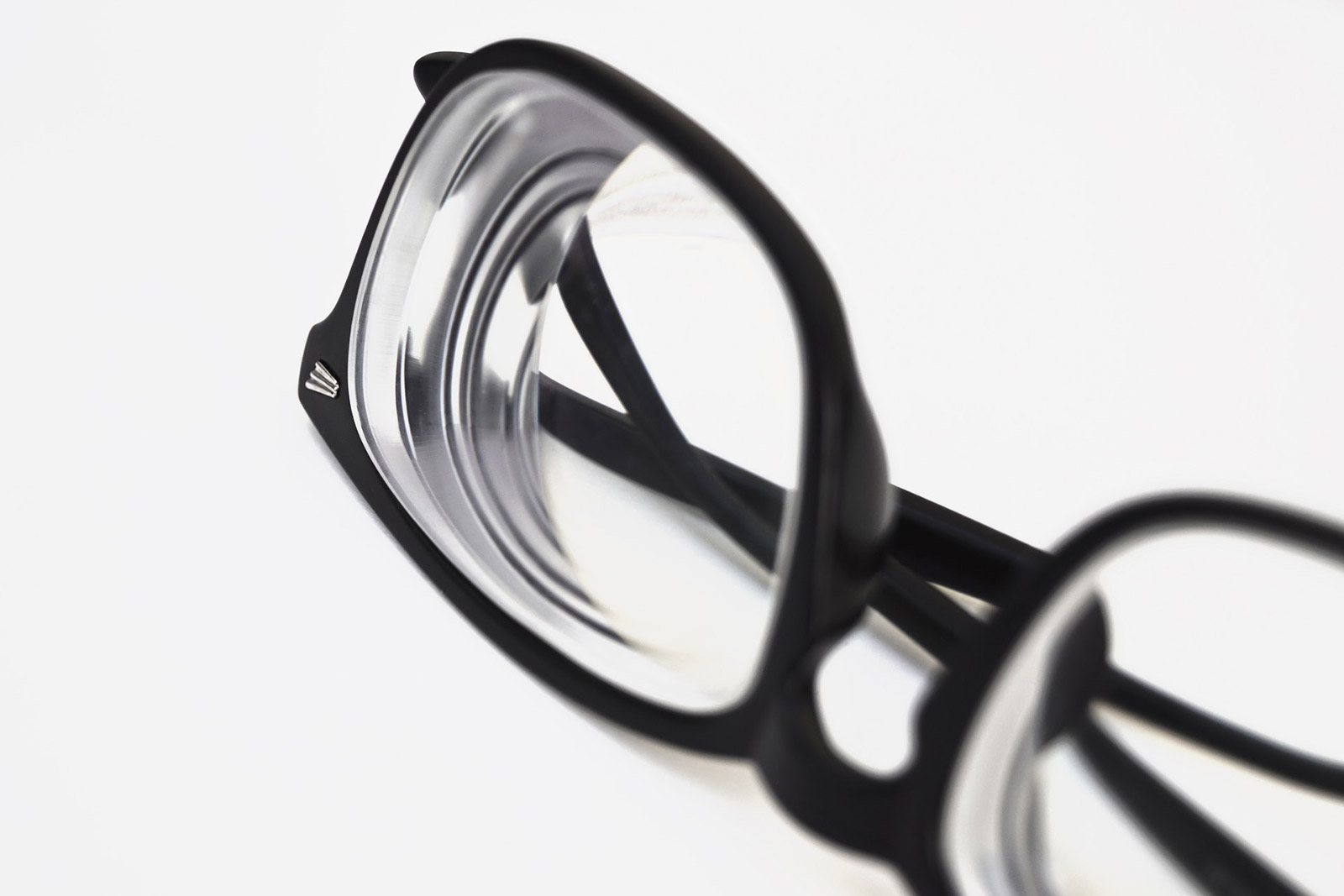Aspect Levels
Aspect Levels:
Ways to examine experience design scenes at different levels.
Aspects that comprise people’s experiences live at many levels—some at the surface, others a little further down, and still others deeply buried inside contexts, people, and objects. James H. Gilmore’s Look: A Practical Guide for Improving Your Observational Skills challenges readers to use many lenses to observe the world around them. This concept is helpful for studying and designing experiences. When we put on different lenses, we can better understand contexts, people, and objects within experience design scenes.
